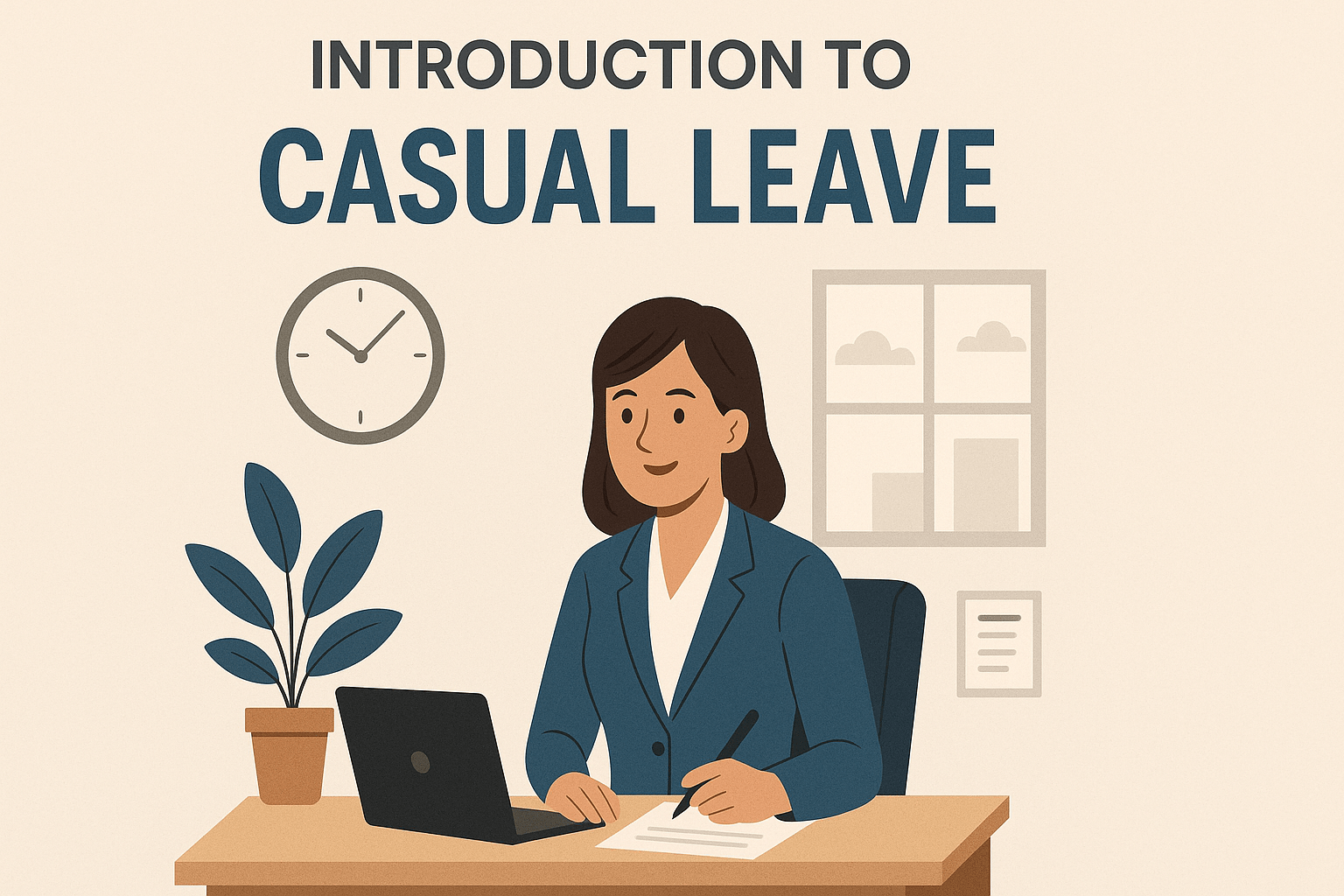Having to dismiss or sack an employee isn’t a pleasant responsibility at the best of times but the prospect of letting someone go for being off sick is even worse. However, while most companies have to grapple with the ethics of sacking someone due to sickness absence, some companies also struggle with the legal aspects of the decision. In other words, if they’re actually allowed to fire someone for being off sick. For dismissing an employee for sickness absence, there must be clear evidence of serious misconduct or incapacity on the part of the employee. Employers must follow proper disciplinary procedures before dismissing an employee, ensuring a full investigation and opportunities for the employee to respond to allegations. Dismissal for sickness absence should only be seen by employers as a measure of last resort.
However, while some companies aren’t clear on the legality of dismissing an ill employee, their staff have even less of an idea of where they stand and what their rights are. At worst, this lack of clarity can result in a drawn-out, acrimonious parting of ways that results in employment tribunal hearings. Employers must act fairly and adhere to legal standards when considering dismissal for sickness absence. Even in cases of gross misconduct, the employer must undertake a full investigation and disciplinary hearing before dismissal. An employee who has been employed for at least two years is protected against being unfairly dismissed and can bring a claim in an employment tribunal.
This post will look at what to do if you have to let an employee go for being off sick.
Can you sack / dismiss someone for being off sick?
In short, the answer is yes, you can sack an employee for being off sick. As harsh as the circumstances may be, you have a right to dismiss an employee for not fulfilling the conditions of their employment. If the dismissal is due to long-term sick leave, the employer might give the reason of capability, because the employee can no longer physically do their job. Employers should consider options like early retirement for employees facing long term ill health.
However, sacking an employee for sickness absence can be a bit of a legal grey area and some employees may contest the company’s decision at an employment tribunal. If that were to happen, the tribunal would assess how fair the dismissal was by looking at how well the company followed the correct procedure. The better the company follows procedure, the harder it will be for the dismissed employee to contest. Before dismissing an employee on long-term sick leave, the employer should ideally obtain an up-to-date medical report to establish the prognosis for the individual. It is crucial to conduct a reasonable investigation to gather accurate information and consider medical evidence before making any dismissal decisions.
Here’s a brief outline of the procedure for dismissing an employee for sickness absence.
Have a sickness absence policy
First and foremost, you need to have terms for dealing with sickness absence written into every employment contract and as part of your absence policy. These terms will detail how your company handles dismissals for reasons related to sickness. The clearer these terms are and the better they detail the procedure leading up to an employee being let go, the harder the decision will be to contest.
Look for ways to support the employee with reasonable adjustments rather than sacking them
Next, you need to look for ways to support the employee through their illness. Is there anything the company can do to aid their recovery? Or is there anything you can do help the employee carry out their work duties at home – such as helping them set up a home office? It would be unfortunate if an employee told a tribunal that they needed something to carry out their job better and you didn’t provide it – when it was within your control. Under the Equality Act 2010, a person can be considered disabled if they have a physical or mental impairment that has a substantial and long-term negative effect on their ability to perform day-to-day activities.
A physical or mental impairment affects employees’ rights and protections, particularly in relation to unfair dismissal. If an employee is regarded as disabled, the employer has a duty to make reasonable adjustments to assist them in returning to work.
Look for alternative duties
When an employee is on long-term sick leave, it’s essential for employers to explore alternative duties that the employee can perform. This can help the employee to return to work sooner and reduce the risk of unfair dismissal claims. Employers should consider the following:
Identify Alternative Roles: Look for roles or tasks that align with the employee’s skills, experience, and medical condition. This might involve lighter duties or different responsibilities that the employee can manage during their recovery.
Consult with the Employee: Engage in open discussions with the employee to understand their capabilities and preferences. This collaborative approach ensures that any alternative duties are suitable and agreeable to both parties.
Provide Training and Support: If the alternative role requires new skills, offer the necessary training and support to help the employee adapt. This demonstrates the employer’s commitment to the employee’s well-being and professional development.
Monitor Progress: Regularly check in with the employee to assess their progress and make any necessary adjustments to their duties. This ongoing support can help the employee feel valued and motivated.
By providing alternative duties, employers can demonstrate their commitment to supporting employees with long-term illnesses and reducing the risk of unfair dismissal claims.
Look for alternative duties for long term ill health
Before ultimately deciding to sack an employee after prolonged sickness absence, it’s crucial to look for potential alternatives to their current role. Simply put: is there another job they can do while they’re recovering from their illness? If an employee’s absence relates to a disability, a dismissal due to sickness absence may be considered discriminatory.
It is important to understand the potential for improvement in the short to medium term before making decisions related to capability dismissals for long-term ill health.
The best way to find suitable alternatives is in conjunction with a medical expert. This needs to be done with the employee’s knowledge and permission so it doesn’t look like you’re attempting to catch them out behind their back. The medical expert will then report: Employers should provide opportunities for sick employees to respond to any medical evidence or assessments.
Whether the employee is likely to recover, and if so, how long it’s likely to take
Whether the job itself is making the employee sick and what can be done
If they can make the switch to part-time employment – perhaps sharing the position
If there’s another job at the company they could do instead
Using the findings of the medical expert, you can then formally review the employee’s ability to perform their job role and what decision has been made as a result. If your company were taken to an employment tribunal, they would be especially interested in this part of the procedure and if you attempted to accommodate the employee before firing them. The employer must keep in touch with absent employees to see how they are progressing and find out if there’s anything the business can do to help.
If, after consulting a medical practitioner, you determine that the employee’s return to work won’t be possible and you can’t find suitable, alternative employment for them, then a dismissal on the grounds of ill health is reasonable.
Keep Records
While you’re following the procedure for letting someone go, it’s important to keep impeccable records at every step of the way. This will prove, if need be, that you acted fairly before ultimately dismissing the employee. Failing to keep proper records and act fairly can lead to an unfair dismissal claim from the employee.
This includes keeping a record of all discussions you had with employees about potential adjustments and alternatives. You need to note down every suggestion you made to the employee – and if they rejected them.
Also, if it comes down to having to let the employee go and they’ve been at your company for more than two years, they’re entitled to a written statement detailing the reasons for their dismissal. During sickness absence, employees have the right to receive a written statement of the reasons for their dismissal if they have been employed for over two years. If an employee has not been with the company for two years, they may not have the same protections against unfair dismissal but may still dispute dismissal on other grounds.
Employer’s Obligations
Employers have a legal obligation to support employees with long-term illnesses and to follow a fair procedure when considering dismissal. Here are some key responsibilities:
Safe and Healthy Work Environment: Ensure that the workplace is safe and conducive to the health of all employees. This includes making any necessary adjustments to accommodate those with long-term illnesses.
Reasonable Adjustments: Make reasonable adjustments to support employees with disabilities. This could involve modifying workstations, adjusting work hours, or providing specialized equipment.
Fair Disciplinary Procedure: Follow a fair disciplinary procedure when considering dismissal. This includes conducting a thorough investigation, consulting with the employee, and providing them with an opportunity to respond.
Written Statement of Reasons: If an employee has been in the job for over two years, provide them with a written statement detailing the reasons for their dismissal. This transparency is crucial in maintaining trust and fairness.
Maintain Communication: Keep in touch with absent employees to monitor their progress and offer support. Regular communication can help identify any additional support the employee might need and demonstrate the employer’s ongoing commitment to their well-being.
Employers who fail to meet these obligations may face unfair dismissal claims and potential disability discrimination claims.
Disability Discrimination
Employers must be aware of the risk of disability discrimination when dismissing an employee due to long-term sickness absence. To minimize this risk, consider the following:
Reasonable Adjustments: Make reasonable adjustments to support employees with disabilities. This could include changes to the work environment, flexible working hours, or providing assistive technology.
Avoid Assumptions: Do not make assumptions about an employee’s capabilities based on their medical condition. Instead, rely on medical evidence and consultations with the employee to make informed decisions.
Consider the Disability: Take the employee’s disability into account when deciding whether to dismiss. This includes understanding how the disability affects their ability to perform their job and exploring all possible accommodations.
Opportunity to Appeal: Provide the employee with an opportunity to appeal the decision. This ensures that the dismissal process is transparent and that the employee feels heard and respected.
By being aware of the risk of disability discrimination, employers can take steps to minimize the risk of discrimination claims and ensure that they are acting reasonably and fairly.




